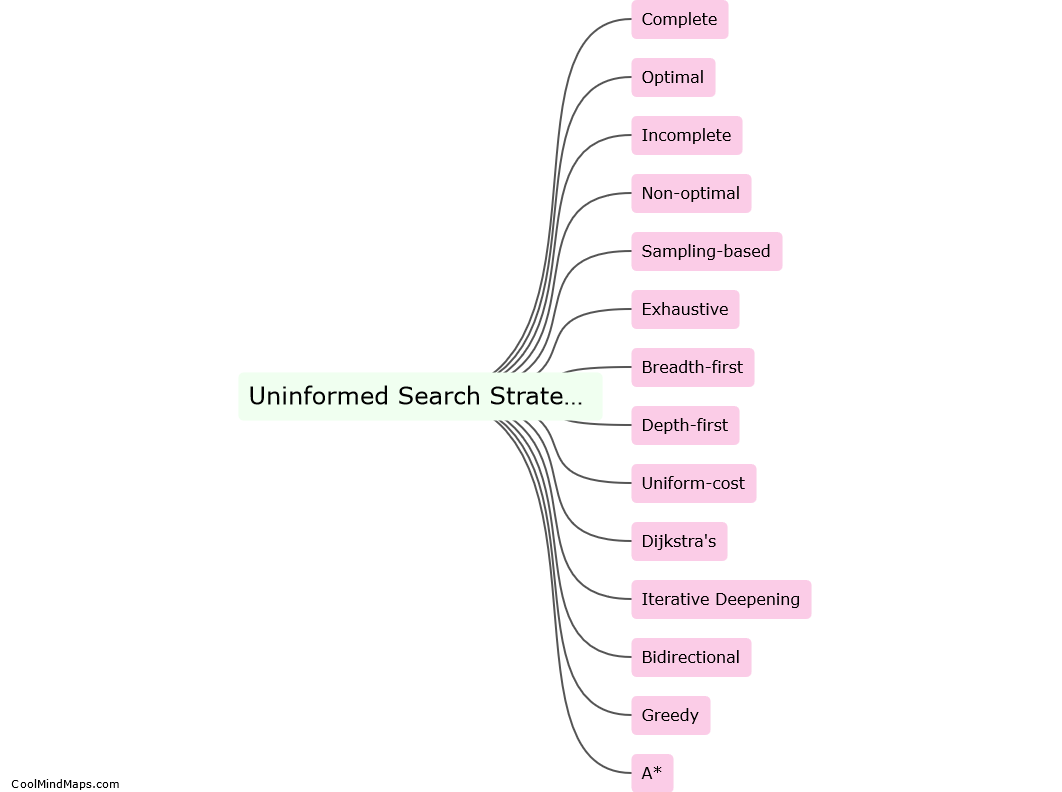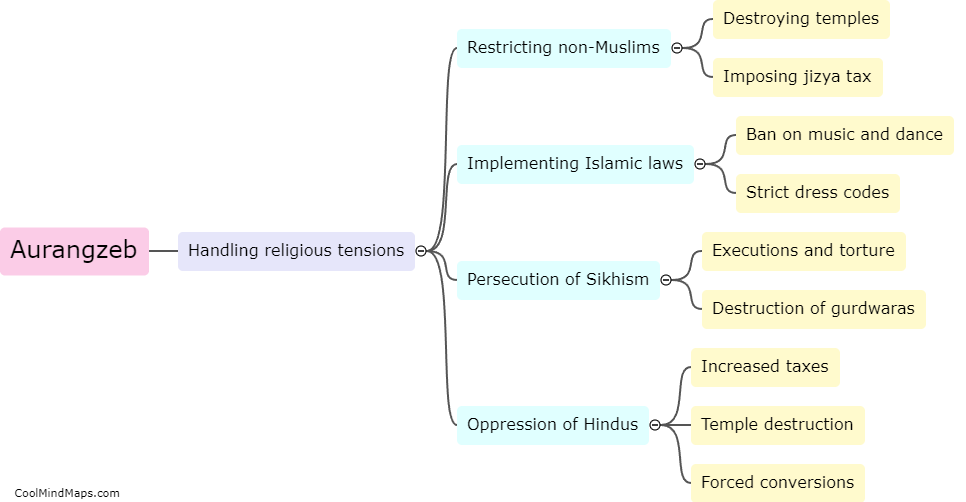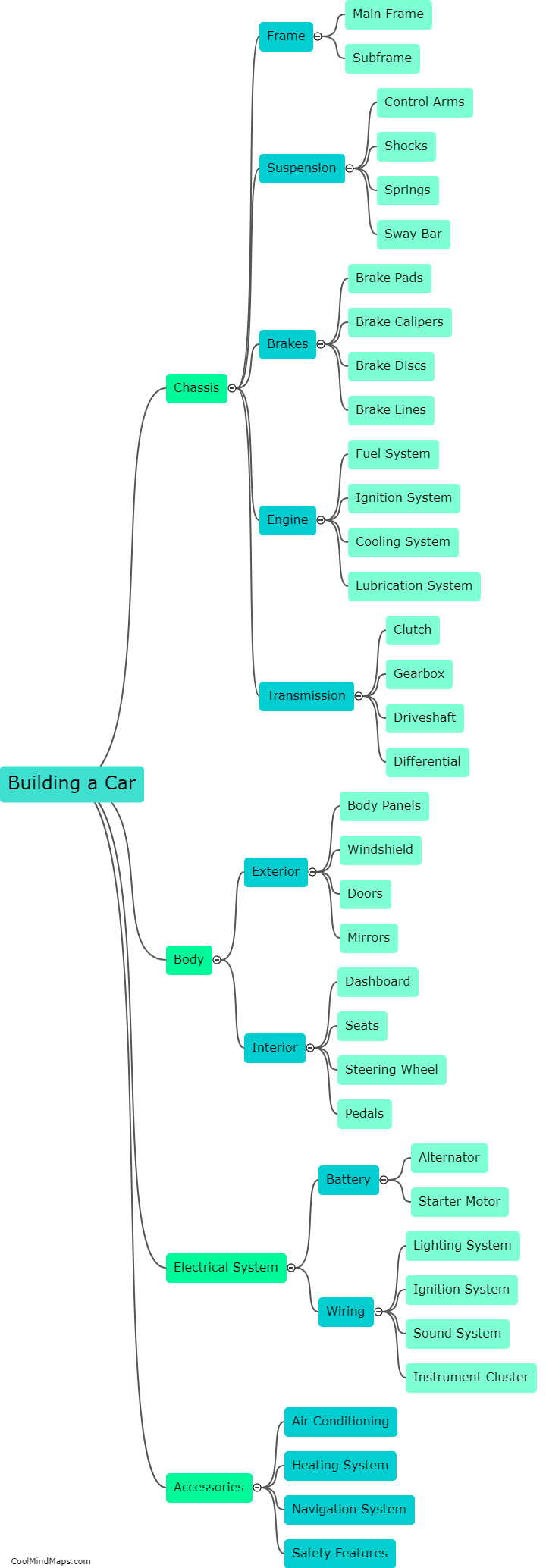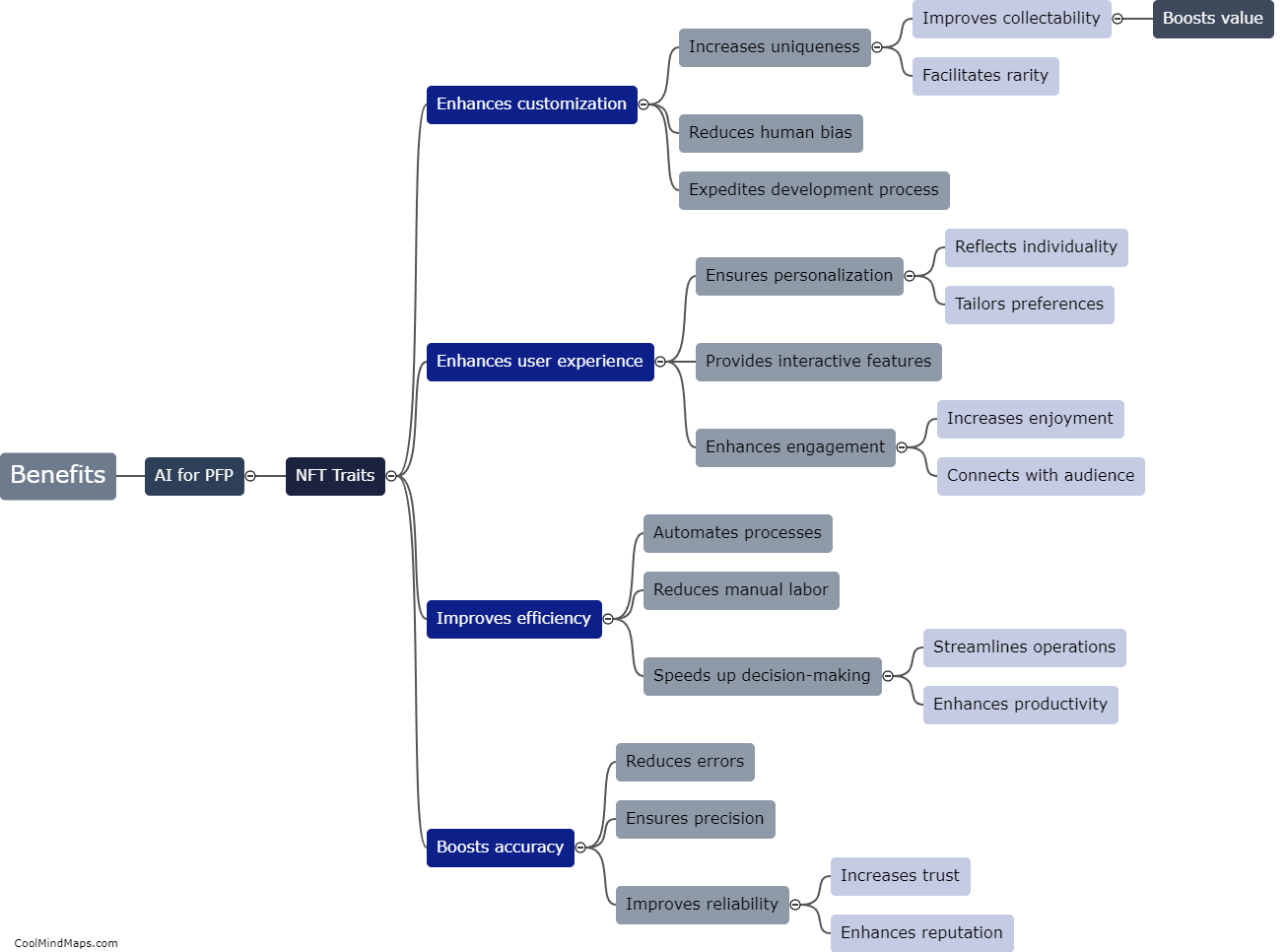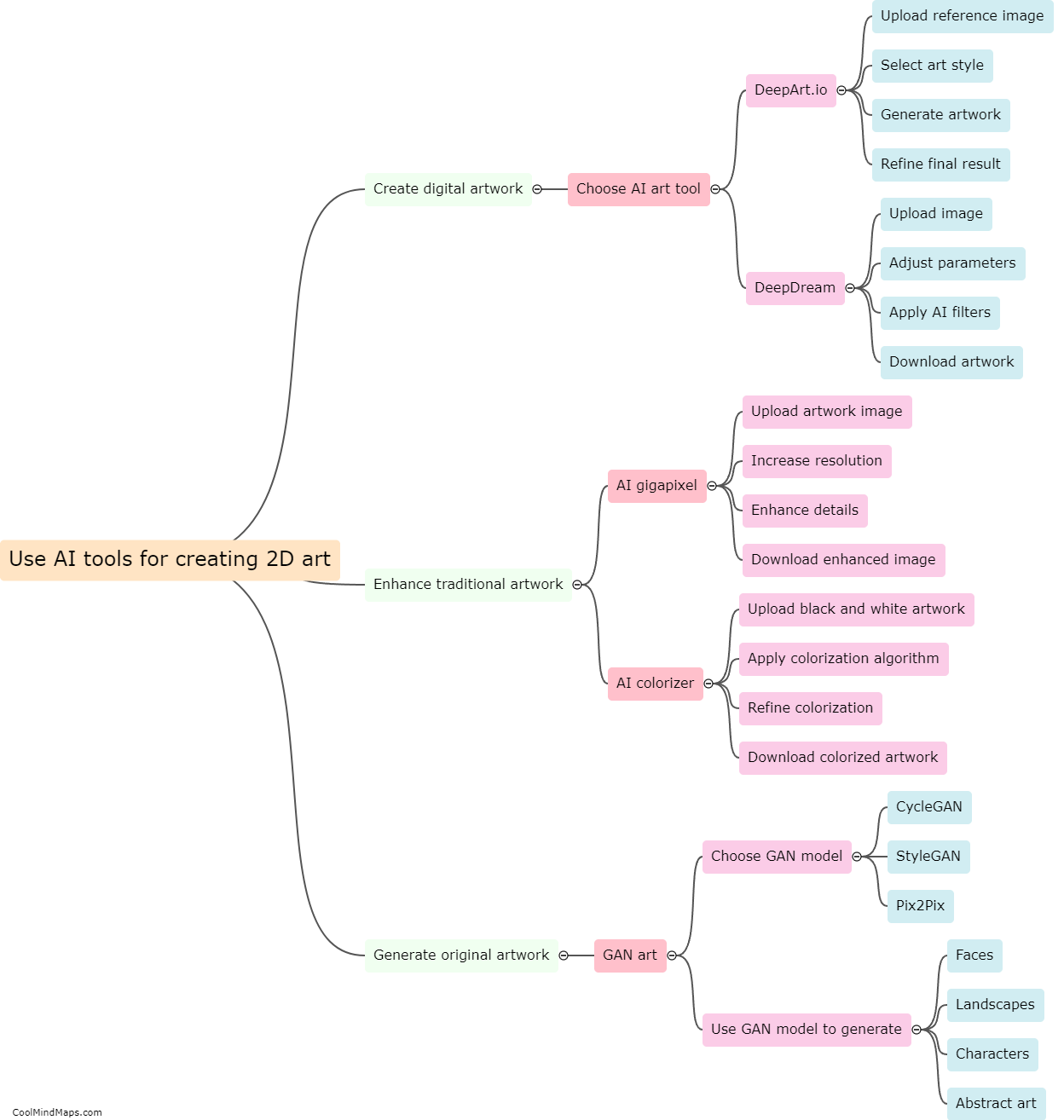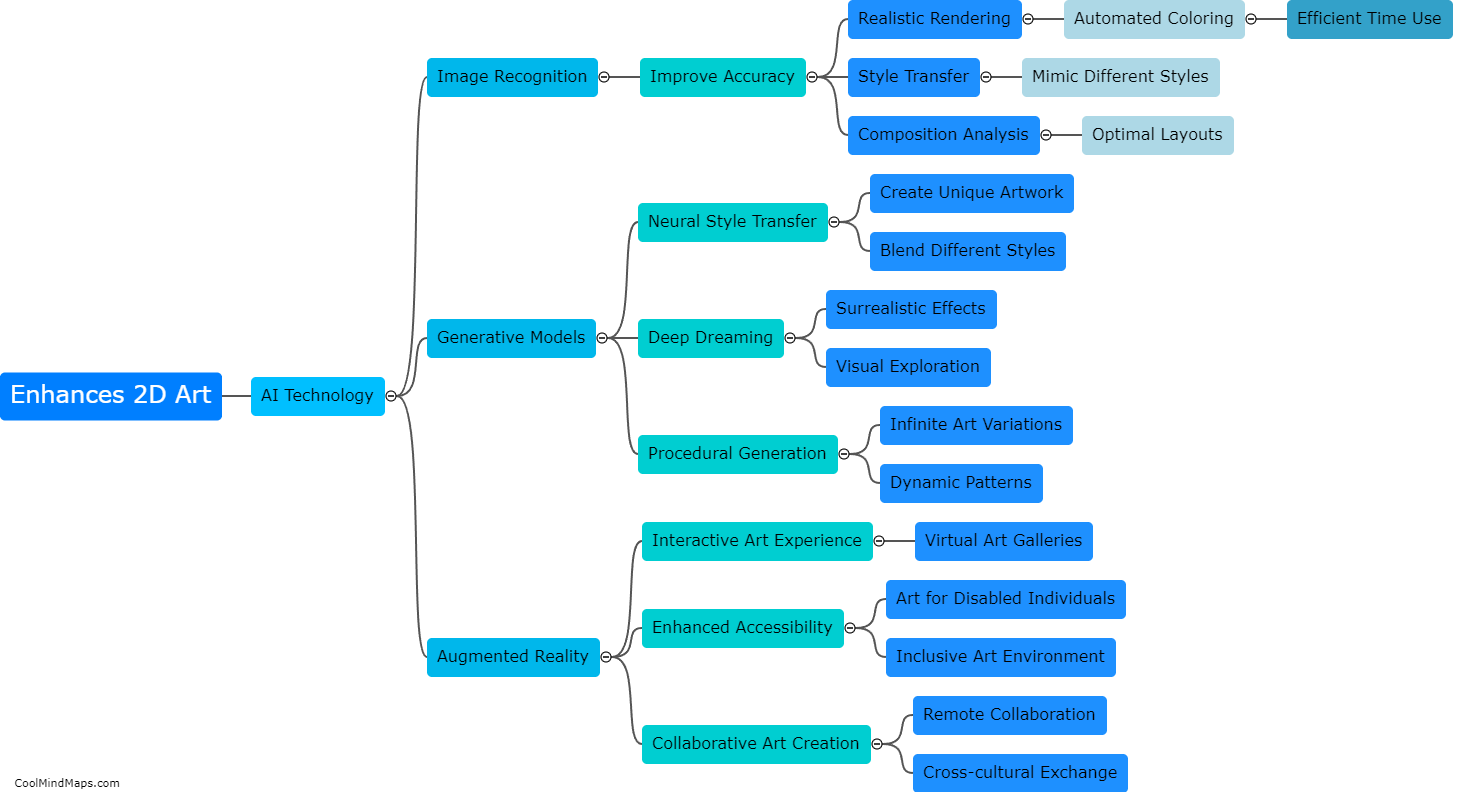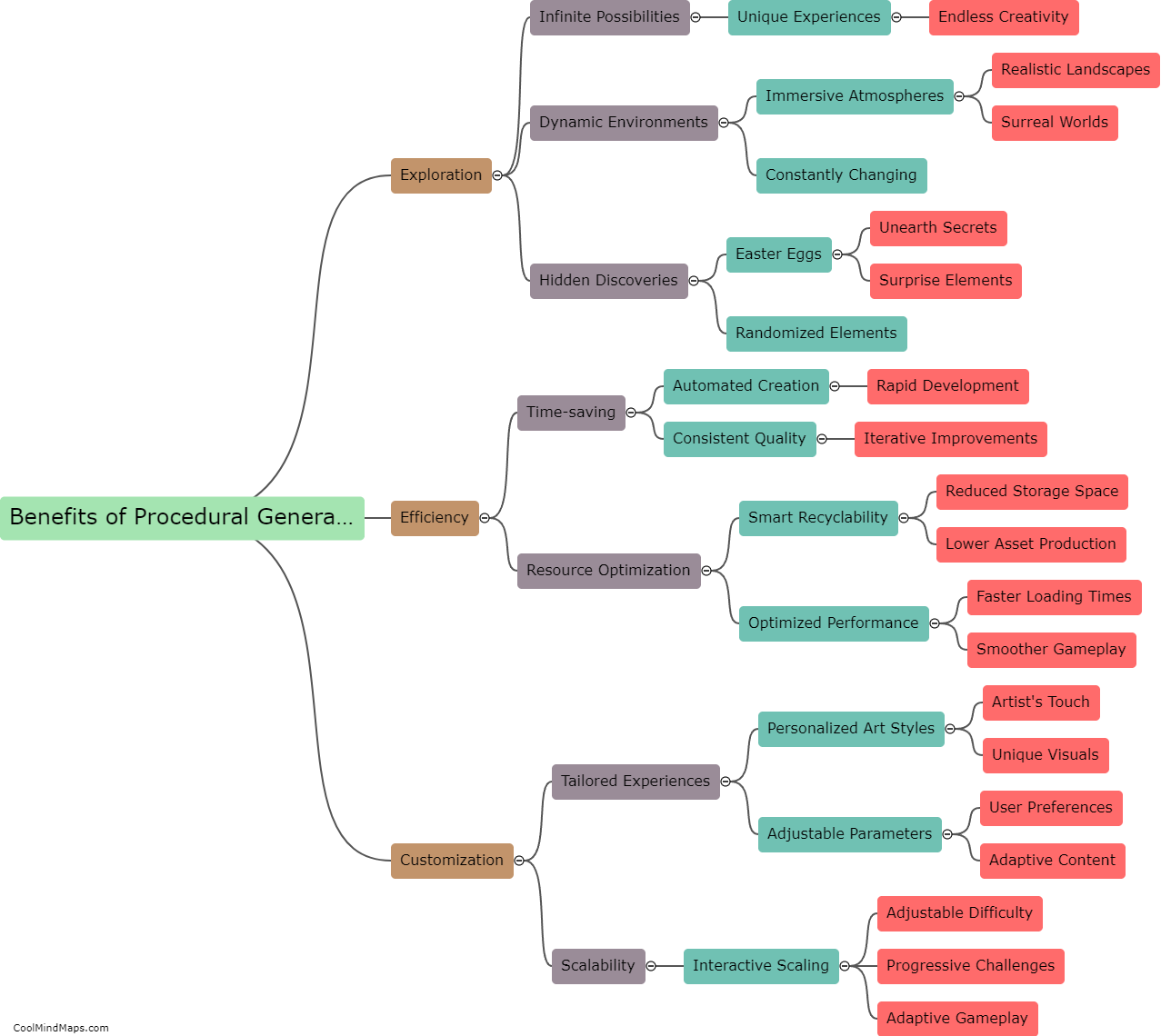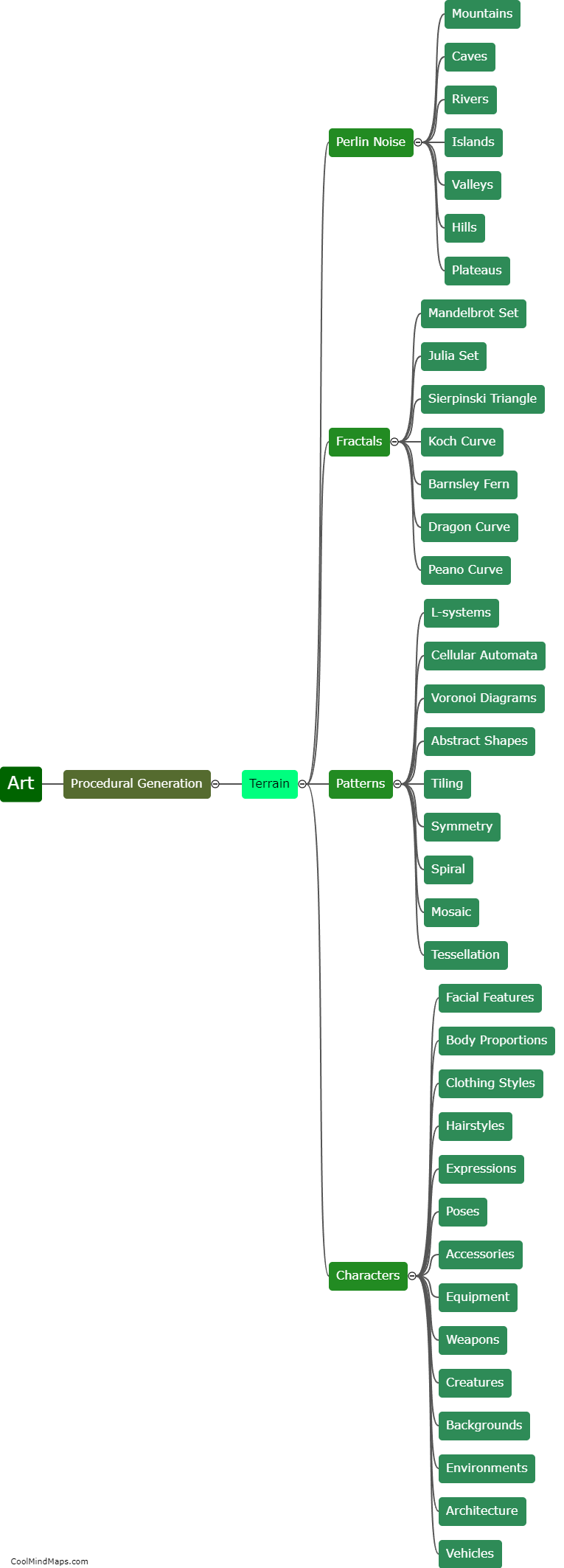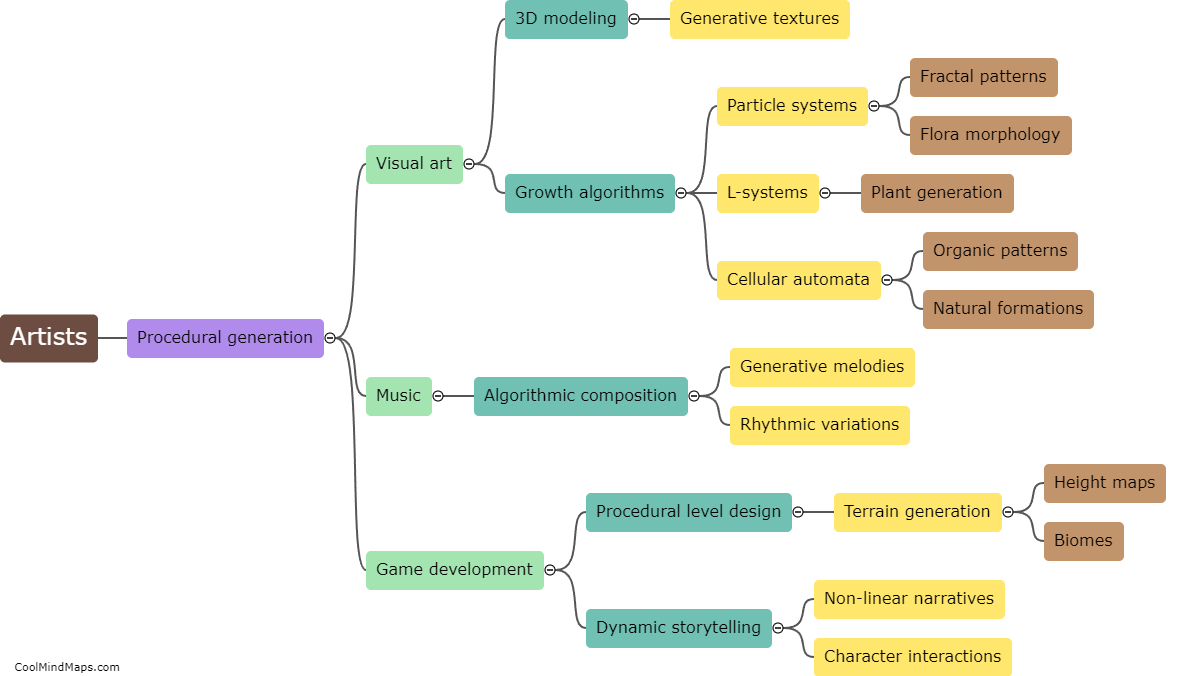How does procedural generation enhance the art creation process?
Procedural generation refers to the method of creating content algorithmically, allowing for the generation of vast and unique art pieces. When applied to the art creation process, procedural generation enhances it by introducing a level of unpredictability and serendipity. By incorporating randomized or rule-based algorithms, artists can explore new possibilities and discover novel combinations of elements that may not have been possible through traditional art techniques alone. This not only promotes creative exploration and experimentation but also encourages artists to step out of their comfort zones and push the boundaries of their artistic practice. Additionally, procedural generation can expedite the creative process and enable the production of large quantities of art, freeing artists from repetitive tasks and allowing more time for conceptualization and refinement of their work. Ultimately, by harnessing the power of algorithms, procedural generation offers artists a new realm of artistic expression and inspiration.

This mind map was published on 10 September 2023 and has been viewed 95 times.
